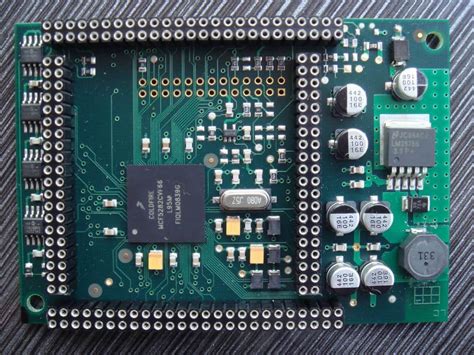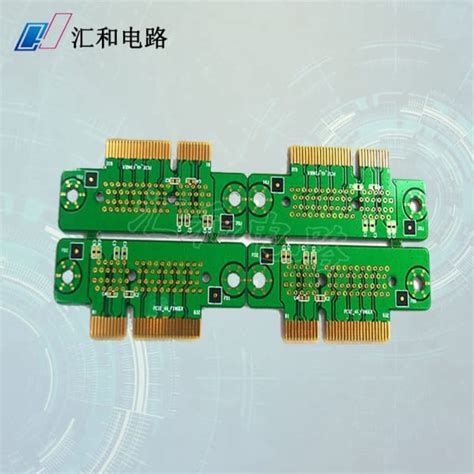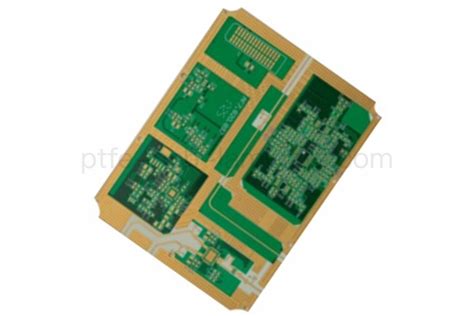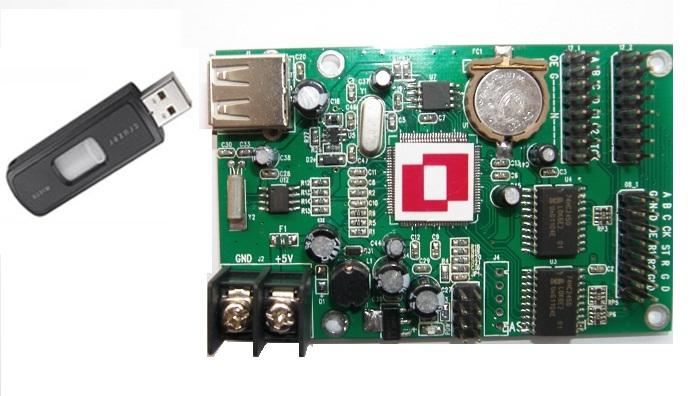Mastering Control Board Assembly: Essential Techniques and Insights
Key Takeaways
In the world of pcb assembly, understanding the fundamental principles is crucial to achieving success in your projects. Mastering the art of pcba requires not only knowledge of basic techniques but also familiarity with the essential tools that can enhance your assembly efficiency. As you navigate through the step-by-step process of control board assembly, you’ll face common challenges that may arise—being equipped with effective troubleshooting tips is vital in these moments to ensure smooth progress. Quality assurance is another cornerstone; implementing rigorous checks during control board assembly will guarantee that your final product meets performance and reliability standards. To elevate your skills further, exploring advanced techniques for precision and efficiency can make a notable difference in your workflow. It’s also important to practice the best practices for maintaining your equipment, ensuring longevity and optimal performance in every pcb assembly task you undertake. Lastly, keeping an eye on future trends in control board technology will help you stay ahead in this rapidly evolving field, making sure that your skills remain relevant and sharp.
Understanding Control Board Assembly Basics
The control board assembly process, often referred to as PCB assembly or PCBA, is a crucial step in the development of electronic devices. At its core, this process involves the strategic integration of electronic components onto a circuit board, ensuring that each element communicates effectively within the system. Understanding the fundamentals of pcb assembly is essential for anyone looking to excel in this field.
A well-constructed control board assembly facilitates optimal performance, enhancing the reliability of the final product. The assembly begins with selecting high-quality components and materials, which form the backbone of a successful operation. Additionally, adhering to specific standards and regulations during this stage helps maintain high levels of precision.
It’s important to be familiar with key terminology and concepts related to control board assembly, as they lay the foundation for more advanced techniques later on. Here’s a concise reference table summarizing essential terms associated with pcb assembly:
| Term | Description |
|---|---|
| PCB | Printed Circuit Board – A board on which circuits are etched. |
| PCBA | Printed Circuit Board Assembly – The process of attaching components to a PCB. |
| Soldering | The technique used to join electronic components to a PCB using solder. |
| Assembly Line | A systematic approach used for manufacturing multiple boards efficiently. |
“Mastering control board assembly requires both theoretical knowledge and hands-on experience.”
Furthermore, embracing consistent best practices while performing pcba significantly reduces common errors and increases efficiency. Remaining organized throughout the process not only streamlines production but also plays a vital role in minimizing costs associated with rework or defects.
By fully grasping these basic principles, individuals can enhance their skills effectively, setting themselves apart in an increasingly competitive landscape. Understanding these fundamentals will pave the way towards mastering more complex aspects of control board assembly, ensuring that they can tackle any project with confidence and precision.
Essential Tools for Efficient Assembly
In the world of pcb assembly, having the right tools is essential for achieving quality results. The first tool you should consider is a reliable soldering iron. A well-functioning soldering iron allows for precise pcba work, ensuring that components are securely attached to the board while minimizing the risk of damage. Additionally, a quality soldering iron tip is crucial, as it influences heat transfer and solder application accuracy. Another vital instrument is an assembly magnifier, which helps in inspecting intricate parts on the control board. Using a magnifier enhances your ability to detect potential issues that could affect performance down the line.
Moreover, an anti-static wrist strap should never be underestimated; it protects sensitive electronic components from potential static discharge during handling. The incorporation of a hot air rework station can be invaluable for those advanced repairs or modifications on your control board assembly projects. This tool specializes in removing and replacing components without damaging the board itself. To complement these, having precision tweezers ensures that even the smallest parts can be handled effortlessly.
Lastly, investing in a suitable multimeter streamlines troubleshooting by allowing you to test voltage and continuity with ease, ensuring that all connections in your pcba setup function correctly. Utilizing these essential tools not only enhances your assembly process but also contributes significantly to achieving optimal performance and reliability in your projects.
Step-by-Step Process of Control Board Assembly
The pcb assembly process involves a series of structured steps to ensure optimal performance and reliability in the final product. First, it is crucial to prepare the pcba layout and ensure all components are ready for integration. This includes checking for the correct reference designators and validating component placements against the design specifications. Assembly begins with cleaning the printed circuit board (PCB) to remove any contaminants that could impact soldering quality. Once cleaned, apply solder paste accurately to the pads where electronic components will be placed, ensuring even distribution.
Next, follow with placing components in accordance with their respective values and specifications. It’s vital to use tools such as pick-and-place machines for precision and efficiency during this phase. Post-placement, you will need to reflow the solder, which melts it and securely bonds the components to the board while closely monitoring temperature profiles for consistency.
After soldering, carry out a thorough inspection to identify any misaligned components or solder bridges that can compromise functionality. Incorporating Automated Optical Inspection (AOI) systems can enhance accuracy during this critical stage. Finally, perform electrical testing to confirm that all connections are strong and operational.
In completing these steps proficiently, you not only streamline your control board assembly process but also significantly enhance the overall quality of your finished product. By adhering to this detailed methodology, practitioners can ensure robust designs ready for deployment in various applications.
Common Challenges and Troubleshooting Tips
In the realm of pcb assembly, various challenges can arise, impacting both the efficiency and quality of the final product. One common issue is misalignment of components during the pcba process. This can lead to defective connections, ultimately compromising performance. To troubleshoot, ensure that your components are properly aligned before soldering and consider investing in precision alignment tools. Another frequent challenge involves soldering defects, such as cold solder joints or excessive solder bridging. Using appropriate soldering techniques and maintaining optimal temperatures can significantly minimize these problems. Additionally, inspecting your work under magnification can help identify issues early on in the assembly process. Moreover, component fatigue or damage from excess heat must not be overlooked; using thermal management techniques like heat sinks can alleviate these risks. By understanding these potential pitfalls, you enhance your troubleshooting capabilities and ensure reliable performance from your pcb assemblies. Ultimately, a proactive approach to common challenges in pcba not only boosts assembly quality but also extends the longevity of the end product, making it a crucial aspect for any manufacturer striving for excellence.
Quality Assurance in Control Board Assembly
Ensuring quality assurance in pcb assembly is paramount to the overall success and reliability of any electronic device. A meticulous approach to pcba processes helps in identifying potential defects before products reach the end user, enhancing both performance and safety. Routine inspections and adherence to established standards can significantly minimize assembly errors. Implementing a comprehensive quality management system allows teams to track each component’s journey throughout the control board assembly process, from initial sourcing to final testing. Utilizing advanced techniques, such as automated optical inspection (AOI) or X-ray inspection for solder joints, enables manufacturers to achieve greater accuracy and confidence in their products. Furthermore, consistent training sessions for technicians not only bolster their skills but also reinforce the importance of their role in maintaining high-quality standards. By establishing a culture that prioritizes quality at every stage of the pcb assembly process, companies can deliver superior products that meet customer expectations while also adhering to industry regulations. In today’s fast-paced tech landscape, focusing on quality assurance is not just beneficial; it is essential for sustaining competitive advantage.
Advanced Techniques for Precision and Efficiency
Achieving precision and efficiency in pcb assembly is paramount for the reliability and effectiveness of electronic devices. To elevate your skills, consider employing advanced techniques such as automated optical inspection (AOI) to pinpoint defects during various stages of pcba. This proactive approach not only addresses quality issues before they escalate, but also minimizes waste, leading to cost-effective production cycles. Furthermore, implementing a smart assembly workflow using statistical process control (SPC) can enhance your capability to monitor variables affecting the output quality. By analyzing data trends in real-time, technicians can make informed adjustments that bolster both productivity and accuracy. Additionally, investing in advanced soldering methods—such as selective soldering or reflow techniques—can provide better results compared to traditional methods. As you refine these skills, remember that precision requires a blend of the right tools and the mastery of intricate processes involved in pcb assembly. Embracing these advanced strategies will not only streamline your projects but will also contribute significantly to their reliability and overall performance.
Best Practices for Maintaining Your Equipment
Maintaining your equipment is crucial for ensuring the longevity and reliability of pcb assembly processes. Regular inspections of your pcba tools can help identify wear and tear, allowing for timely replacements before they disrupt production. Additionally, keeping your workspace clean and organized minimizes the risk of contamination and accidents during assembly. Implementing a routine schedule for calibrating your equipment helps maintain precision, which is paramount in pcb assembly tasks. Furthermore, utilizing protective measures, such as anti-static mats and containers, prevents damage to sensitive components throughout the assembly process. Lastly, training personnel in proper handling techniques is essential; equipping your team with knowledge about best practices not only enhances productivity but also reduces the likelihood of errors that can impact product quality. By prioritizing these maintenance strategies, you can significantly improve both performance and reliability in your control board assembly projects.
Future Trends in Control Board Technology
As technology advances, pcba processes are evolving to meet increasing demands for efficiency and precision. The integration of automated systems is becoming more prevalent, allowing for quicker turnaround times in pcb assembly while reducing human error. Additionally, the rise of Internet of Things (IoT) devices is pushing the boundaries of control board design, necessitating innovations in connectivity and functionality. As engineers embrace multilayer boards and higher density interconnections, the complexity of control board assembly increases. This complexity drives the need for sophisticated simulation software, allowing teams to predict and address potential issues before physical assembly. Furthermore, sustainability is playing a crucial role; manufacturers are now focusing on eco-friendly materials and practices in pcba production. Overall, these trends signal an exciting future for control board technology, emphasizing not only efficiency but also adaptability to new market needs.
Conclusion
In summation, mastering pcb assembly is a multifaceted endeavor that requires a deep understanding of various techniques and methodologies. Throughout this journey, it is essential to recognize that pcba is not merely a phase but an intricate process that demands careful attention to detail. By honing your skills in control board assembly, you can significantly enhance the quality and reliability of your electronic projects. This entails not only implementing best practices but also embracing advanced techniques for precision and efficiency. Additionally, familiarity with the common challenges associated with pcb assembly allows for better troubleshooting, ensuring smooth progress in assembly tasks. Ultimately, by prioritizing quality assurance and staying abreast of emerging trends in control board technology, you will position yourself at the forefront of your field, ready to tackle future challenges with confidence. Embracing these insights will undoubtedly lead to optimal performance in all your assemblies.
FAQs
What is PCB assembly?
PCB assembly, often referred to as PCBA, is the process of soldering electronic components onto a printed circuit board to create a functional electronic device. This process involves a series of steps, including placement, soldering, and inspection.
What tools are essential for effective PCB assembly?
Essential tools for pcb assembly include soldering irons, solder paste dispensers, pick-and-place machines, and inspection equipment. These tools help ensure precision and efficiency in the assembly process.
What are some common challenges in the PCB assembly process?
Common challenges include component misalignment, insufficient soldering, and difficulties with thermal management. Addressing these issues early can prevent greater complications later in the production phase.
How can I ensure quality assurance in my PCB assemblies?
Implementing quality assurance measures such as thorough inspection protocols and testing each unit post-assembly are crucial. This ensures that each PCBA meets the required standards before reaching the customer.
What advanced techniques can enhance precision in PCB assembly?
Utilizing automated pick-and-place technology and advanced soldering methods like reflow and wave soldering can significantly improve precision in PCB assembly.
For more comprehensive insights on enhancing your skills in pcb assembly, please visit our detailed guide at Andwin PCB PCB Assembly.







